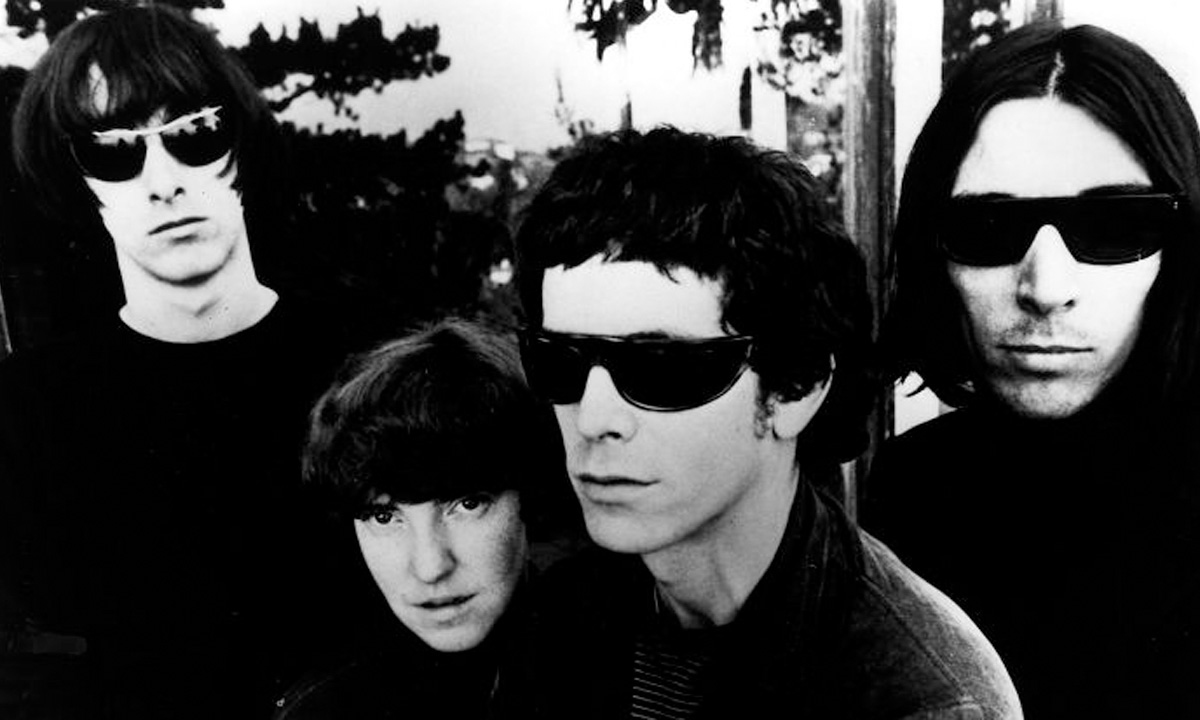The Billboard Triumph: Celebrating the Finest Album Covers of All Time
In a momentous revelation this Monday, Billboard Magazine unveiled its meticulously curated compendium of the most exquisite album covers to have graced the music industry. Eclipsing the likes of artistic luminaries such as Robert Mapplethorpe, famed for his indelible Patti Smith record visuals, and the iconic duo Peter Blake and Jann Haworth, creators of The Beatles’ iconic imagery, was none other than the visionary Andy Warhol. His magnum opus, the album cover for the 1967 masterpiece ‘The Velvet Underground and Nico,’ rightfully claimed the pinnacle of this illustrious collection.
Questioning the Unquestionable: Andy Warhol and The Banana Controversy

However, in the wake of this seemingly indisputable choice, a spirited debate reverberated across social media platforms this week. Among the array of discussions emerged a query that managed to evoke both intrigue and unease: A banana – is that really the focal point?
Recalling the Overlooked: The Origins of ‘The Velvet Underground and Nico’
Revisiting the annals of time, one might struggle to believe that ‘The Velvet Underground and Nico’ once languished in relative obscurity. Yet, indeed, such a period existed, and it bore the year of its inception – 1967. While the album now stands as an iconic achievement, revered for its audacious melodies and subversive verses that paved the way for numerous sonic revolutions, it was initially met with a lukewarm reception.
Hidden Hand of Andy Warhol: Orchestrating the Album’s Creation
Behind the scenes, the ingenious Andy Warhol played a pivotal role in shaping the album’s inception. Stepping into the role of the band’s manager, Warhol orchestrated the serendipitous collaboration between The Velvet Underground and Nico. This union culminated in the band’s participation in Warhol’s groundbreaking ‘Exploding Plastic Inevitable’ performances. Nevertheless, Warhol’s involvement only yielded marginal gains in elevating the band’s commercial prospects.
The Bittersweet Symphony: Commercial Reception and Cultural Impact
Delving deeper, Warhol biographer Blake Gopnik unveiled that ‘The Velvet Underground and Nico’ managed to ascend merely to the #171 spot on the Billboard 200 charts. The period between 1967 and 1969 bore witness to sales generating a modest sum of $22,000 in royalties. Even considering inflation, Warhol’s management company, Warvel, pocketed a meager one-fifth of this amount – a return far from extravagant. (A claim made by producer Brian Eno in 1982 asserted that the album had barely sold around 30,000 copies within its inaugural five years.)
Rebellion Meets Controversy: The Album’s Edgy Content and Its Reception
The album’s content, marked by its unorthodox themes encompassing drug use and S&M references, led to its rejection by numerous radio stations. This combined with another pivotal factor – its album cover – contributed to its lackluster reception. The album cover, adorned with distinct Pop art elements, conveyed a palpable double entendre.
Peeling Away Layers: Andy Warhol and His Ingenious Album Cover Design
Veiled behind concealed JPEGs of ‘The Velvet Underground and Nico’ album cover lies the ingenious revelation that Warhol crafted an interactive component. The banana’s vinyl skin could be peeled back, unveiling a tantalizing pink fruit beneath. A conspicuous inscription, “Peel slowly and see,” punctuated the cover – an overt directive. Gopnik likened this tactile experience to the metaphorical unveiling of a foreskin, a design choice that intimately aligned The Velvet Underground with the burgeoning edgy queer culture that Warhol’s Factory came to symbolize.
Eros and Art: Lou Reed’s Interpretation
Lou Reed, the band’s iconic frontman, encapsulated this sentiment by remarking, “The banana actually turned it into an erotic art display.”
Beyond Boundaries: Warhol’s Provocative Artistry
Notably, Warhol’s audacious artistry extended beyond this instance. In 1969, he crafted another provocative masterpiece for the Rolling Stones, gracing their 1971 album ‘Sticky Fingers’ with a striking denim-clad torso, accentuating a suggestive bulge. This album cover featured a functional zipper, allowing a glimpse of concealed underwear. Subsequent editions omitted the zipper, leaving Warhol’s evocative imagery as the focal point.
Contrasting Fates: Comparing ‘Sticky Fingers’ and ‘The Velvet Underground and Nico’
The reception for ‘Sticky Fingers’ markedly diverged from its predecessor. Warhol and designer Craig Braun’s collaboration garnered them a coveted Grammy nomination. Despite securing a place on the Billboard 200 list, ‘Sticky Fingers’ occupied a position over twenty spots behind ‘The Velvet Underground and Nico.’
In Conclusion: The Legacy Lives On
In commemorating the artistic prowess of Andy Warhol and his iconic contribution to ‘The Velvet Underground and Nico’. The music world is reminded that the impact of album artistry transcends time and resonates with profound cultural significance.
